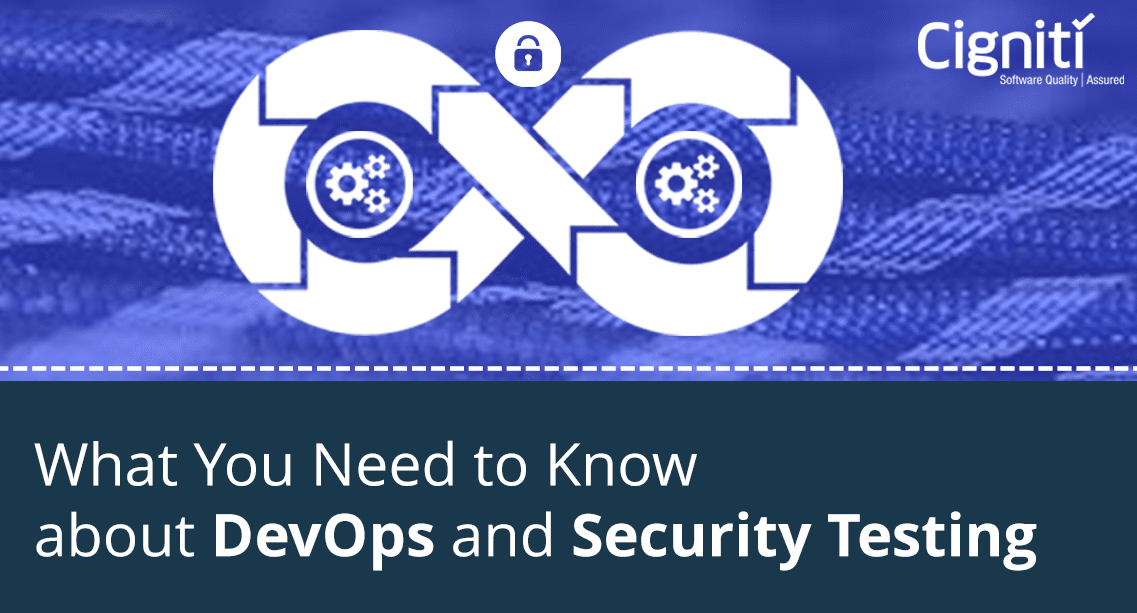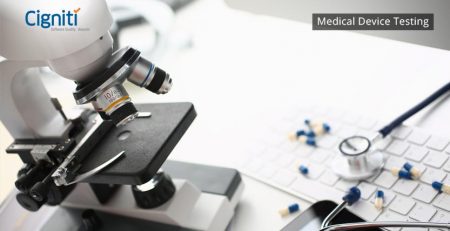Connected and Protected: Navigating Cybersecurity in Medical Devices with IEEE 2621
The healthcare sector is one where change occurs rapidly. Medical devices are now becoming more complex, networked, and downright indispensable to patients’ lives; such devices include pacemakers, insulin pumps, sophisticated diagnostic tools, and telemedicine platforms, contributing immensely towards modernizing medicine.
Still, it takes much effort before outstanding innovations can materialize; a thorough check of effectiveness and safety reasons must accompany cybersecurity protocols that are impeccable for any potential risks inherent in such product development processes when they arise.
“The Change Healthcare cyberattack, expected to cost up to $1.6 billion, is the most significant and consequential incident of its kind against the US healthcare system in history.”
Rick Pollack – President and CEO of the American Hospital Association (AHA)
The processing of millions of prescriptions and services for patients was interrupted by the Change Healthcare hack on the major United States billing and payment systems in February 2024, delaying access to care and medication.
Weeks after the attack, two AHA studies have shown that many medical practices are facing the risk of closing down because of money lost in unsettled bills that prevent people from accessing medical treatment. The massive cyberattack underscores today’s growing menace of such breaches in healthcare systems.
This is where medical device testing and standards such as IEEE 2621 Conformity Assessment come into play.
The Cybersecurity Challenge in Medical Devices
Cybersecurity has emerged as a top priority in the field of medical equipment. The connection that permits remote monitoring and data exchange also creates opportunities for cyber assaults. When medical devices are compromised, it may result in the loss of patient information, slow-functioning equipment, or even death, among other things.
The cybersecurity threats to medical devices include:
- Ransomware attacks include hackers locking down systems or devices and demanding money to restore access.
- Data breaches can expose critical patient information, resulting in privacy violations and identity theft.
- Device hijacking: Attackers take control of a device to damage or disrupt its functionality.
Addressing these risks requires a complete cybersecurity strategy that includes secure design principles, regular software upgrades, and rigorous testing. Here is where the IEEE standard comes into play.
IEEE 2621: A Standard for Medical Device Cybersecurity
The IEEE 2621 standard, officially called “Standard for the Cybersecurity of Connected Healthcare Devices,” establishes a framework for analyzing and assuring the cybersecurity of medical equipment. This standard addresses a wide range of issues, including:
- Security by Design: Encouraging manufacturers to incorporate security measures from the early stages of device development.
- Risk Management: Identifying potential security risks and implementing mitigation measures.
- Access Controls: Only authorized personnel can access or operate the device.
- Data Protection: Safeguarding sensitive data transmitted by the device, both in storage and in transit.
- Incident Response: Establishing protocols for responding to security breaches and vulnerabilities.
Adherence to IEEE standards enables manufacturers to develop devices resilient to cyberattacks, guaranteeing patient safety and data integrity. The conformity assessment procedure under IEEE 2621 involves a thorough review to ensure that devices accomplish the agreed cybersecurity criteria.
The Importance of Conformity Assessment
Conformity assessment under IEEE 2621 is a systematic process that assures stakeholders—including regulators, healthcare providers, and patients—that a medical device accomplishes the most stringent cybersecurity requirements. This technique involves:
- Documentation Review: Assessing the manufacturer’s documentation to ensure comprehensive security measures are in place.
- Testing and Evaluation: Conducting tests to validate the device’s security features and identify any vulnerabilities.
- Certification: Granting certification to devices that meet the standard, signaling compliance to all stakeholders.
This assessment is critical today, where the stakes are extraordinarily high. A certified medical device meets legal criteria and gives users confidence in its security and dependability.
Conclusion
As medical technology evolves, the value of rigorous testing and cybersecurity measures cannot be emphasized enough. The combination of rigorous medical device cybersecurity testing, as specified in the IEEE 2621 Conformity Assessment, guarantees that these technologies improve patient care while remaining safe and secure.
By following these guidelines, manufacturers may protect patient data, assure the performance of life-saving technologies, and, ultimately, save lives in an increasingly interconnected world.
Navigating the regulatory landscape for medical device software is challenging, but with Cigniti’s expertise, companies can build cyber-resilient products that meet international standards. Our comprehensive services and specialist support ensure your products are market-ready without regulatory delays. Partner with Cigniti to ensure the success of your medical device testing.





Leave a Reply